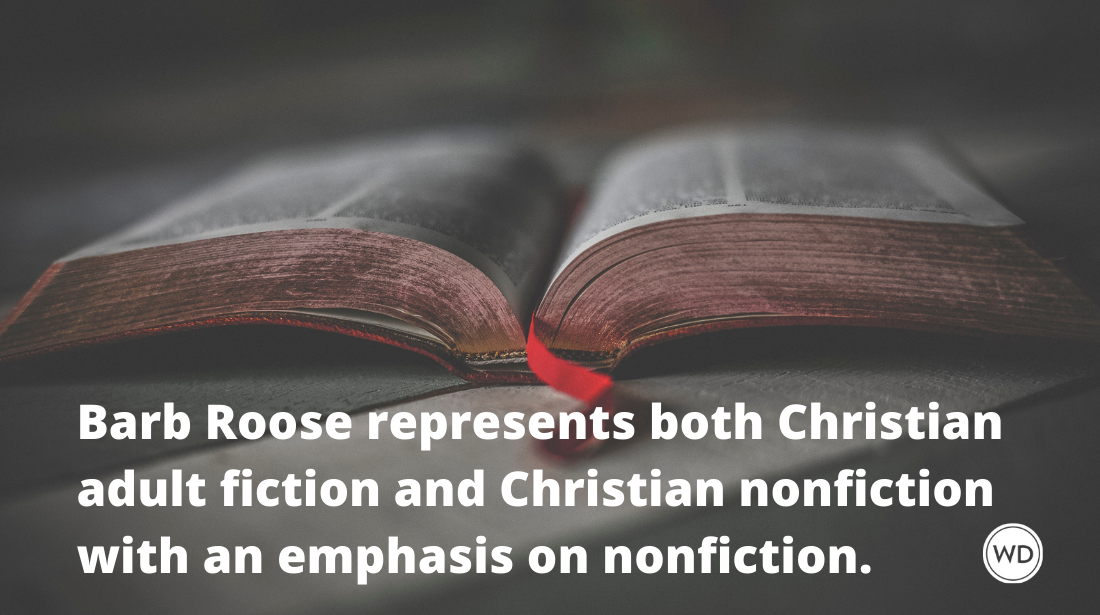Preparing for Twitter Pitching Contests, Including #SFFpit This Week!
Twitter pitching events have become an enormously popular way for author to connect with literary agents by pitching their completed manuscript on Twitter under a hashtag. Here are some tips to make sure your experience goes well.
In recent years, Twitter pitching events have gained enormous popularity as a means to connect authors with literary agents. The idea is simple: on a pre-arranged day, authors seeking representation for a completed manuscript pitch it under a common hashtag. Literary agents read the pitches as they come across the feed, and “like” (favorite) any tweets for which they’d like to see a query.
Order a copy of Dan Koboldt's The Rogue Retrieval today.
Amazon
[WD uses affiliate links.]
Brenda Drake’s #PitMad (short for “pitch madness”) is arguably the best-known Twitter pitch event. It occurs on a quarterly basis and is open to all age categories and genres. Each event draws hundreds of participating authors, resulting in a sheer avalanche of works being pitched on the hashtag. In January 2014, for example, I counted more than 4,300 tweeted pitches from 700+ authors.
The sheer number of participants makes #PitMad a little bit insane. Participating authors get lost in the crowd, and literary agents may feel overwhelmed. Fortunately, #PitMad has inspired a number of more focused Twitter pitch events for certain types of manuscripts, e.g. for adult fiction/nonfiction (#AdPit), picture books (#PBpit), or works by marginalized authors (#DVpit). I happen to be the founder of #SFFpit, a twice-annual pitching event for science fiction and fantasy.
How It Works
Although their guidelines can vary, most Twitter pitching events operate under similar rules.
- The event happens on a certain date during a specified window (e.g., the next #SFFpit is on June 22 from 8 a.m. to 6 p.m. Eastern time).
- During the window, authors tweet a pitch for their work, taking care to include the event hashtag. The number of tweets allowed per author can vary. For #SFFpit, authors get 10 pitches, or one per hour.
- Authors should pitch only unpublished, complete manuscripts for full-length novels.
- Literary agents like (favorite) any pitches for which they’d like to request materials.
Most agents tweet their instructions for responding to requests under the contest hashtag before they enter the fray. Otherwise, authors who get a request should follow the agency’s regular submission guidelines.
Crafting A Pitch
As the founder of #SFFpit, I’m happy to offer some basic advice to authors who hope to pitch their work. First, let's start with the goals. You want to develop a pitch that:
- Concisely describes what the book is about
- Conveys the book's age category and genre
- Stands out among hundreds of other pitches
- Demonstrates proficiency at writing and pitching
Not all of these are required for success, but if you achieve all four with your pitch, you'll have a leg up on the competition. Make no mistake: It is a competition. Only a fraction of participating authors (10-20%) end up with a request from Twitter pitching events. The key is to write a compelling pitch that stands out from the crowd.
There's plenty of good advice in the blogosphere about writing effective Twitter pitches. Here are some of the best tips I’ve seen:
- Start with a compelling character and his or her goal. Good stories are about interesting people who want Using the character's name is fine, but usually not necessary: it's more important to tell us who the person is in terms of gender, heritage, profession, etc.
- Be specific. If you've ever scanned the Twitter feed for a pitching contest, you'll see many of the same phrases over and over. "Or her world will never be the same" is a common one. Tell us instead that if a character fails, he'll be tortured, spend his life alone, or start a war. Specificity will help character descriptions, too. A princess is a common character type, and carries little meaning. But add a word like "reluctant" or "illegitimate" and you'll make her far more interesting.
- Get feedback on your pitches. A pitch is a form of writing, and all writers are a bit blind to their own work. Feedback from a friend or critique partner can be invaluable for fine-tuning a pitch and finding any weak points. It's also not much to ask, since reading and critiquing a 140-character pitch only takes a few minutes.
Good pitches, just like good books, take time to craft and polish. A little advance work can go a long way.
Hashtags for Authors
Most Twitter pitching events have established a set of optional hashtags to help authors convey important details about their work. Both #SFFpit and #PitMad use these hashtags to indicate the age category:
- #PB – Picture book
- #MG – Middle grade
- #YA – Young adult
- #NA – New adult
- #A – Adult
There’s also an ever-growing list of genre hashtags for #SFFpit.
Hashtags for Agents
The Twitter feed for #SFFpit and other events can be overwhelming. A little bit of advanced searching can help you narrow it down. Here are some useful techniques:
- To browse the feed, enter it in the search bar or click on the hashtag. Then select the “Latest” tab to ensure that you browse all pitches as they come in. Twitter’s algorithm for “Top” tweets should never be trusted.
- You can include age category and/or genre hashtags to narrow your search. For example, ‘#SFFpit #MG #FA’ will return only pitches for middle grade fantasy.
- You can filter out pitches that contain certain terms or hashtags using a dash (minus) symbol. For example, ‘#SFFpit -#PB -#UF -clowns’ will filter out any pitches tagged as picture books or urban fantasy, or about clowns. Clowns, also, should never be trusted.
See also this guide to filtering out spammers when reading tweets in a pitch contest.
Benefits of Twitter Pitch Events
Importantly, #SFFpit and similar events are not a magical shortcut to literary representation. A request on a Twitter pitch is only that: an invitation to send materials for consideration. However, these events offer key advantages to both sides. For literary agents and editors, they provide a means to browse a wide variety of story concepts to find ones that match their ever-changing desires, and to get a feel for what aspiring authors are writing.
For authors, these events not only provide a venue for pitching their manuscripts, but can also bring querying opportunities an author might not have considered. A number of small presses, for examples, have acquired manuscripts that came to their attention during #SFFpit.
Twitter pitching also lets authors showcase their skill at writing with brevity. The character limit on tweets forces them to encapsulate their entire story in a very small amount of space (140 characters or so), which is a useful exercise on its own. A well-crafted short pitch works equally well on an elevator as it does on Twitter.
For savvy participants, these events also provide some useful market research. Twitter is an open platform, so it’s straightforward to figure out:
- The popularity of specific genres and age categories
- Story tropes that are oversubscribed, i.e., everyone’s pitching them
- Pitches that garner many requests, as a learning opportunity
- The types of stories your Dream Agent is requesting (browse their Likes)
Perhaps the most important advantage of a Twitter pitching event is the sense of community they engender. Each event brings together authors, agents, editors, and well-wishers who share a common interest. Maybe it’s SF/F literature or children’s books or diverse authors. With so many like-minded individuals in one place, it’s a wonderful opportunity to find new friends and followers.
Dan Koboldt is the author of the Gateways to Alissia trilogy (Harper Voyager) and the editor of Putting the Science in Fiction (upcoming from Writers Digest Books, 2018). As a genetics researcher, he has co-authored more than 70 publications in Nature, Science, The New England Journal of Medicine, and other scientific journals. Dan is also an avid hunter and outdoorsman. Every fall, he disappears into the woods to pursue whitetail deer with bow and arrow. He lives with his wife and children in Ohio, where the deer take their revenge by eating the flowers in his backyard. Find his fiction works at HarperCollins, Amazon, iBooks, Kobo, and Google Play.






